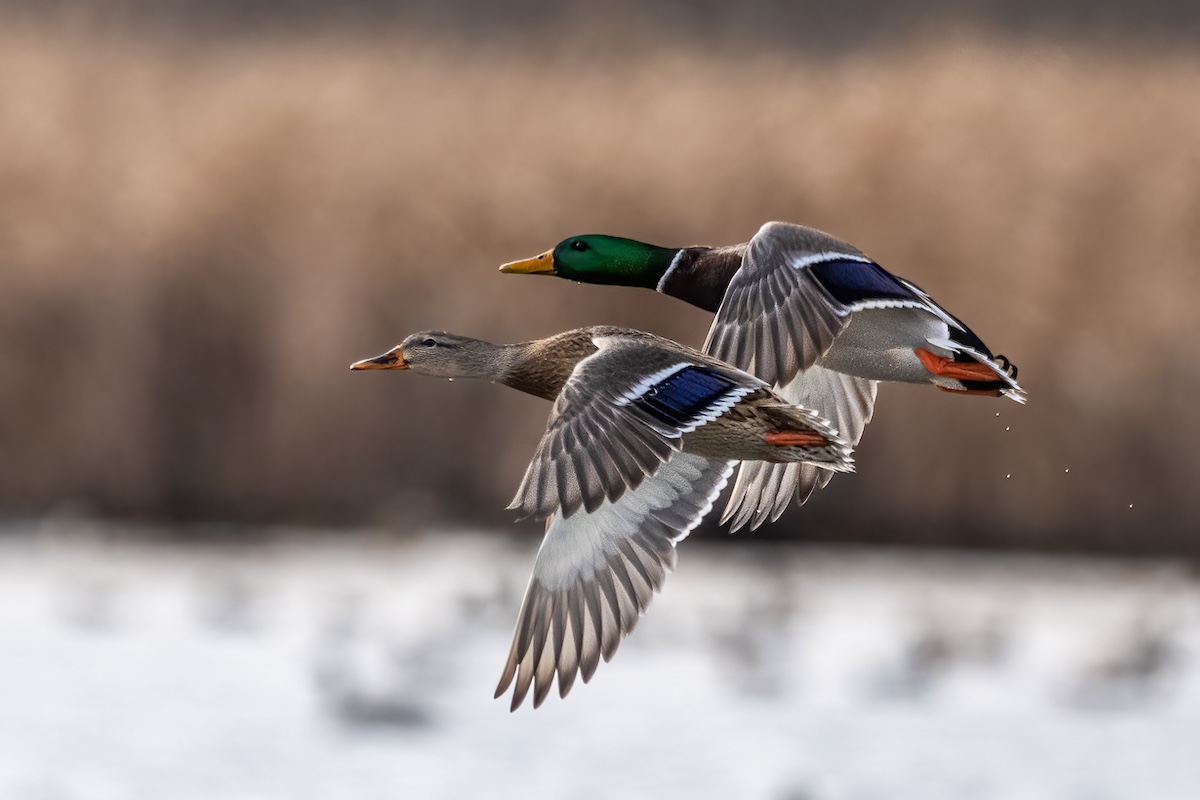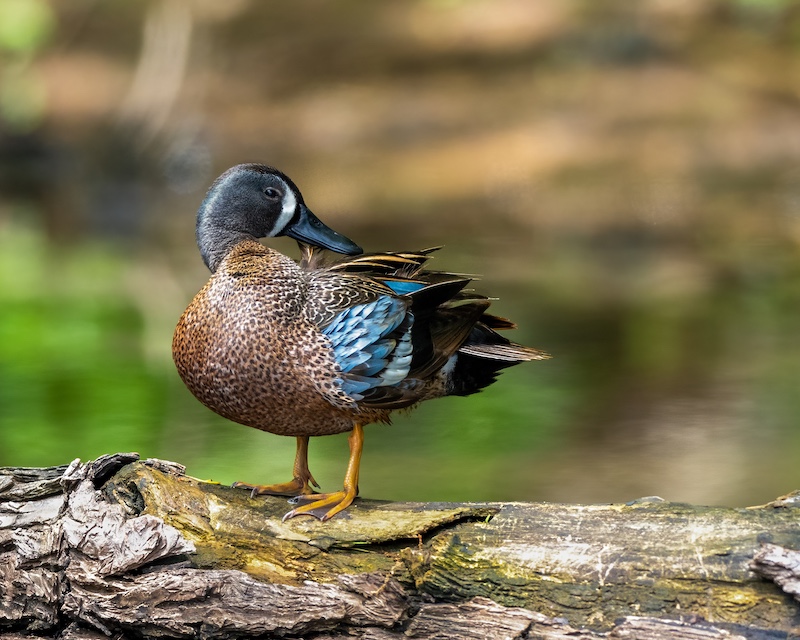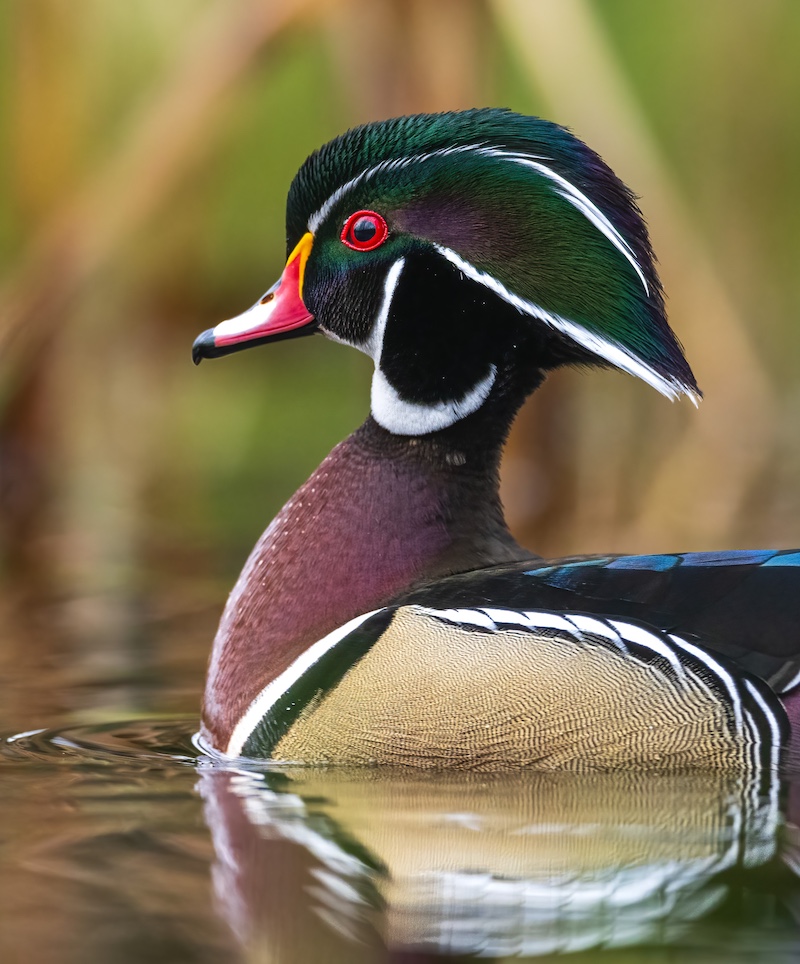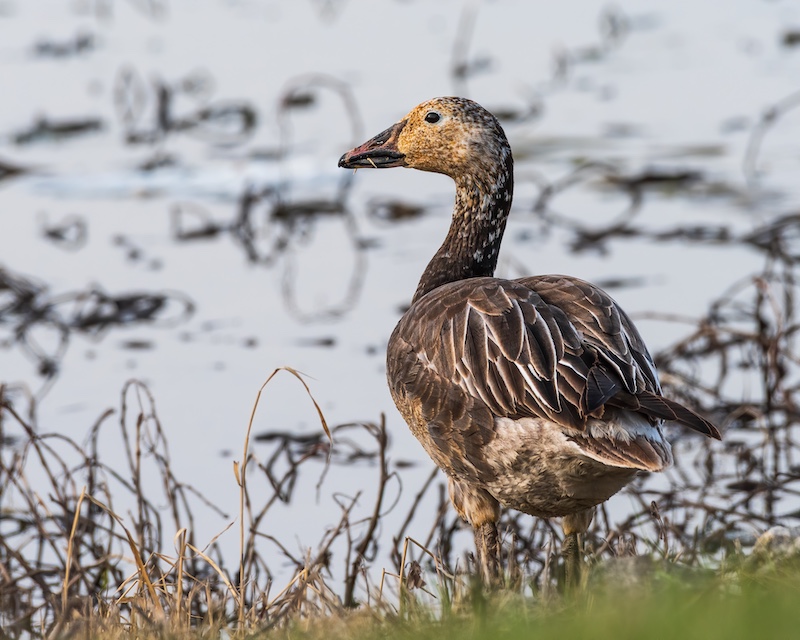
All photos by Leroy Buckley.



All photos by Leroy Buckley.
Unless you’ve migrated to intercept waterfowl in a more northerly state, chances are you’re eagerly waiting for waterfowl season in Illinois, or you just recently started your season. With the annual fall migration of thousands of ducks and geese, the 2025-2026 waterfowl season promises opportunities for hunters across the state. Drawing on the latest information from the U.S. Fish and Wildlife Service (USFWS) and the Illinois Department of Natural Resources (IDNR), this forecast offers insights into what hunters can expect in the fall flight for 2025-2026.

In early September, the USFWS released the results of the 2025 Waterfowl Breeding Population and Habitat Survey (WBPHS), a massive annual undertaking that brings together state, federal and provincial partners to assess waterfowl populations across North America. Habitat conditions were poor across much of the Prairie Pothole Region (PPR) during the primary nesting period, but timely rains heading into summer improved wetland conditions, having positive impacts on brood-rearing and ultimately the fall flight. This was reflected in North Dakota’s fall flight forecast. While breeding duck numbers were down across the state, observed duck broods were up 24 percent from last year, resulting in an estimated fall flight similar to 2024. While these data are only from one state, they speak to the resilience of ducks to changing habitat conditions.
An indicator of habitat conditions and potential breeding success, the number of ponds counted on the WBPHS factors into our duck season regulations. In 2025, there were an estimated 4.2 million ponds, a 19 percent reduction from 2024 and 20 percent below the long-term average (LTA). However, total duck numbers were almost identical to 2024, with an estimated 34 million ducks on the landscape. This is approximately 4 percent below the LTA. Areas such as southern Alberta, Saskatchewan and Manitoba saw substantial increases, while the Dakotas saw decreases in total duck numbers. All these areas are still below their respective LTA, due to longer-term drought conditions. Mallards, the most harvested duck species in Illinois, were estimated at 6.6 million birds, similar to 2024, but still 17 percent below the LTA.
Some duck species which exhibited notable changes include canvasback (22 percent increase from 2024), redhead (17 percent increase from 2024), and northern pintail (13 percent increase from 2024). Canvasback and redheads are considerably above their long-term averages, while northern pintails remain 41 percent below their LTA. American green-winged teal and scaup also saw considerable changes, with declines of 15 percent and 10 percent, respectively. Green-winged teal remain 16 percent above their LTA, while scaup move to 25 percent below their LTA.

Geese are a staple of Illinois waterfowl hunting, and Illinois has a long history of harvesting large numbers of Canada geese, with light geese and white-fronted geese being readily available across the state as well. Throughout the Mississippi Flyway, the 2025 estimated breeding population of temperate-nesting Canada geese is 1.4 million. This estimate is relatively unchanged over the past few years. Illinois contributed an estimated 110,000 breeding Canada geese to the flyway-wide estimate this year, which was almost identical to the 2024 estimate. Other populations of Canada geese that contribute to our harvest but breed in sub-arctic areas across Canada are doing well, with gosling production this year being good across several banding locations. There are no changes to seasons or bag limits for Canada geese this season.
Light geese, which include snow geese and Ross’s geese, have seen population declines for several years, yet still have robust populations with an estimated 6.3 million mid-continent lesser snow geese and 2.2 million Ross’s geese. Both species are above their population goals and are experiencing harvest within acceptable levels. Most banding locations across Arctic Canada this year showed good production for snow geese and Ross’s geese. Hunters will continue to have long seasons with liberal bag limits on light geese this season.
Mid-continent greater white-fronted goose (specklebelly) numbers are estimated at 2.4 million birds, double the goal for this population. White-fronted geese also exhibited good to excellent production across the banding stations in Arctic Canada this year. Illinois waterfowl hunters will enjoy another season with a two-bird daily bag limit for specklebellies.

The Prairie Pothole Region, known as the “Duck Factory” of North America, has been in varying levels of drought for several years. This region, encompassing portions of five states and three Canadian provinces, produces a significant portion of the continent’s waterfowl. Overall, wetland conditions across this region deteriorated from spring 2024 to spring 2025. However, ducks are resilient and will readily respond to favorable conditions once increased snowpack and precipitation returns to the prairies, filling up many of these basins. Ensuring plentiful wetland and associated upland nesting habitat are present on the breeding grounds when precipitation returns will allow duck populations to be sustainable into the future.
In Illinois, the availability of wetlands and food during migration is crucial in determining hunter success. Fall and early winter rainfall will play a significant role in determining how long birds remain in the state before moving further south. This year, low river levels associated with drought conditions have allowed native wetland vegetation to grow in many of the backwater areas. The seeds and invertebrates that these habitats provide will feed waterfowl while they are in the state and will encourage waterfowl to remain longer.
Illinois is divided into four waterfowl hunting zones: North, Central, South Central and South. Each zone has its own set of season dates based on migration patterns and hunter preference.
The following waterfowl hunting seasons are offered in Illinois during fall-winter 2025-2026.
Illinois boasts several prime hunting locations, from the wetlands of the Mississippi River to the large reservoirs and marshes scattered throughout the state. Here are a few areas where hunters are likely to have success during the 2025-2026 season:

While the 2025-2026 waterfowl season looks promising, hunters should remain mindful of several challenges that can affect waterfowl migration through a particular area. Climate variability remains a significant concern, as changing weather patterns can disrupt migration timing and habitat availability. Warmer fall temperatures can delay migrations, pushing peak hunting opportunities later into the season. Conversely, early cold snaps in the northern Midwest can force large numbers of waterfowl into Illinois early, creating a brief but intense window of opportunity for hunters.
Precipitation, or lack thereof, can also make or break a season. Heavy rains during early fall can destroy wetland vegetation and wash away desirable forage for ducks and geese while a lack of rain will leave lots of food unavailable to waterfowl. Small precipitation events throughout the season are ideal for recharging wetlands, increasing food availability and offering sporty weather for duck hunters.
Regardless of the population numbers or the habitat conditions, waterfowl hunters are always looking forward to getting back out into the marsh, and hunters still have a lot to look forward to with stable duck populations and good production for most of our goose species. Whether you’re targeting mallards in the Illinois River Valley or snow geese in the southern part of the state, the opportunities for a successful season are abundant. Illinois waterfowl hunters have a lot to look forward to during the 2025-2026 waterfowl season.
Submit a question for the author